As an Amazon Associate I earn from qualifying purchases.
How to identify, harvest and cook the birch bolete, Leccinum scabrum. Birch boletes are edible, but are best dried first. They make a fantastic, homemade cream of mushroom soup, are great in stews and sauces.
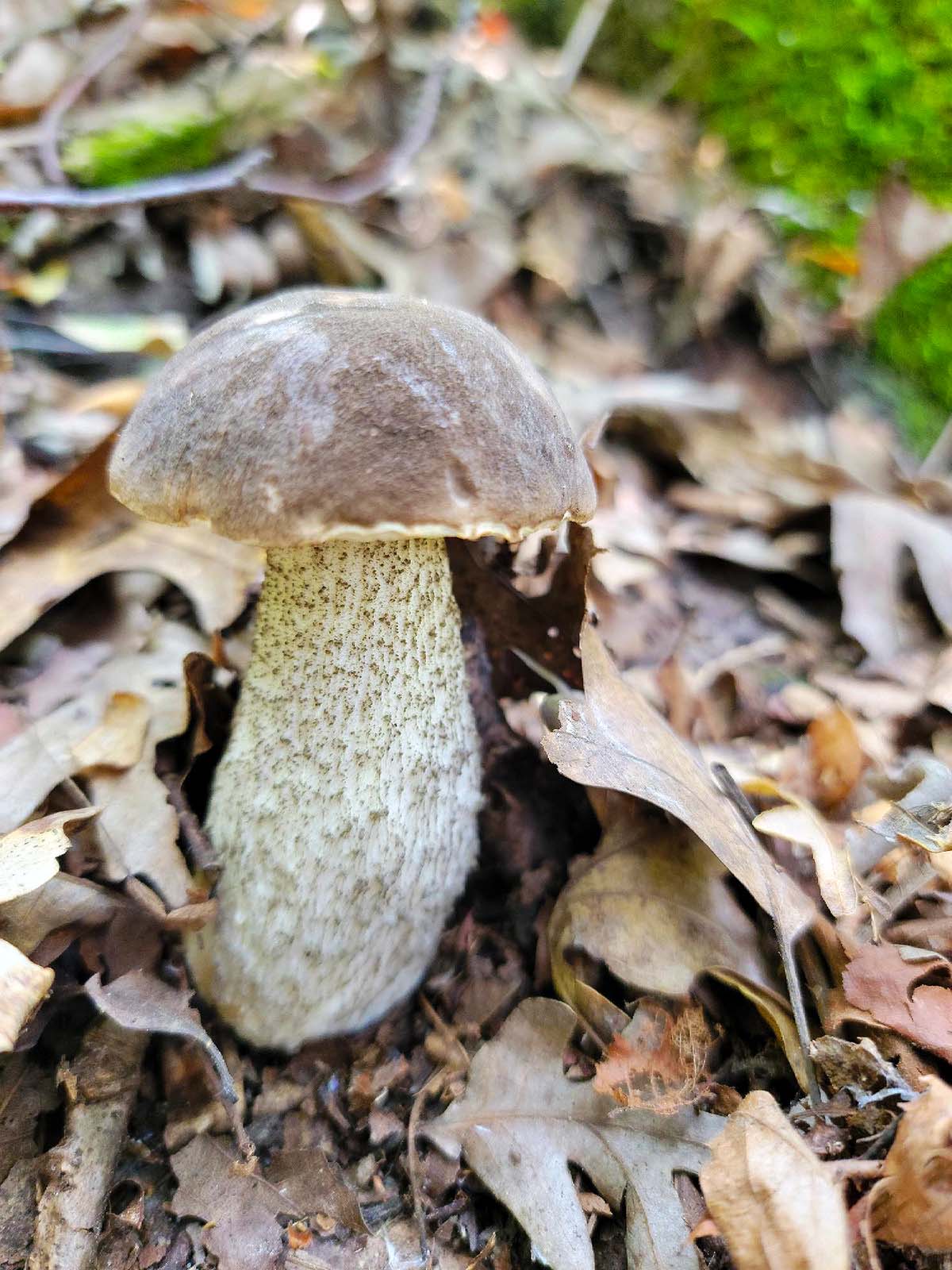
I am not a porcini snob. Many of my fellow mushroom hunters are, and they spurn the birch bolete. Too bad for them. The flavor of the birch bolete is wonderfully mushroomy, in that warm, savory, wintry way.
But the porcini snobs do have a point: Unless you get birch boletes that are very young, and free of worms, the flesh can be punky and soft because these mushroom absorb water like nobody’s business.
What’s a hungry mushroomer to do? Dry your birch boletes first. More on all this in a moment.
What follows below are tips on how to identify, harvest, prep, store and eat birch boletes.
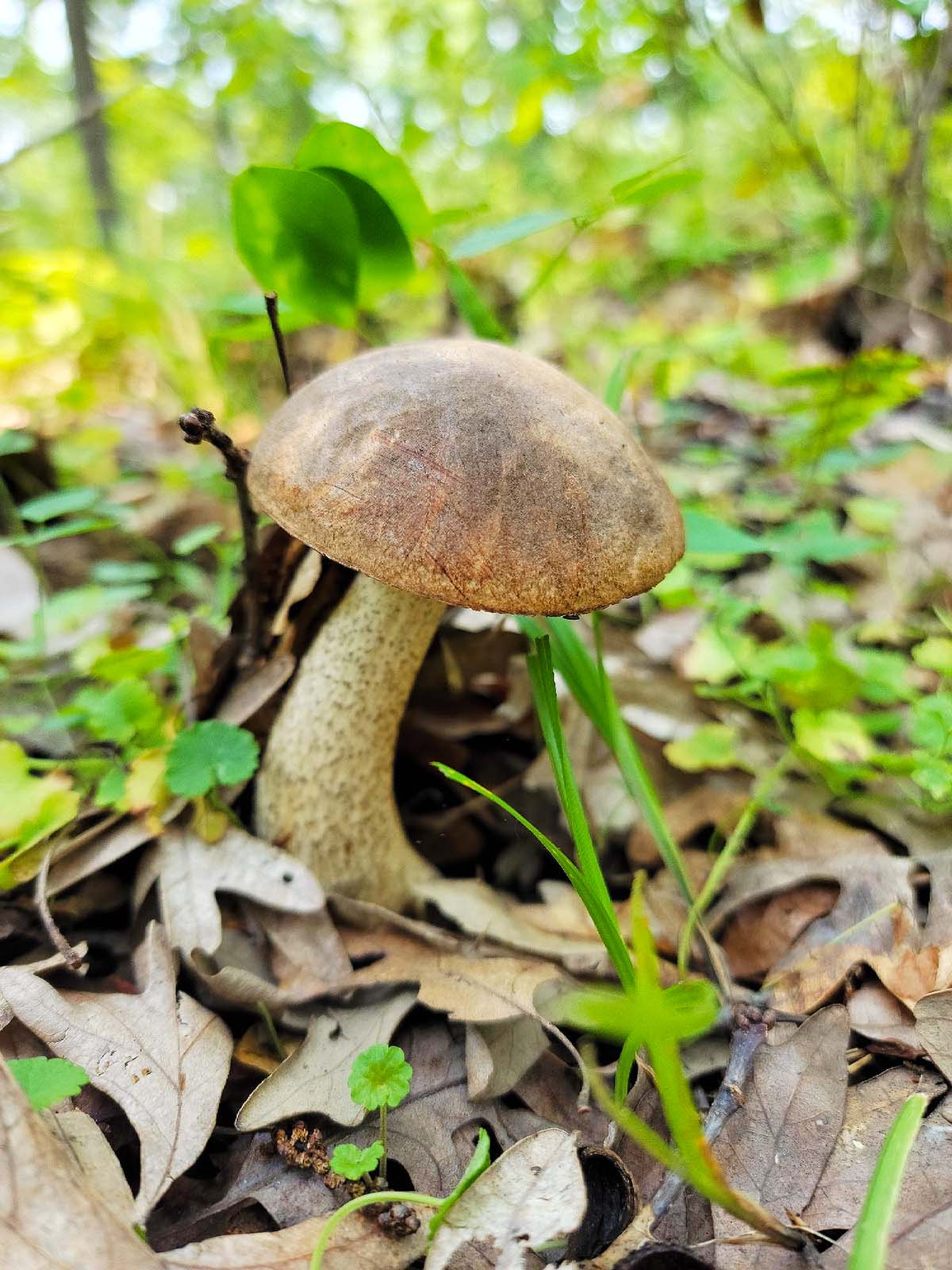
Identifying Birch Boletes
For starters, they live near birch trees. Duh. If you don’t know how to identify a birch tree, start with this primer. There are lots of kinds of birch trees.
And there are lots of kinds of birch boletes. “Birch bolete” is a term of art we use to identify a complex of species, all in the leccinum clan. Biologists tend to be lumpers and splitters, meaning they either want to lump all the variants into L. scabrum, or the splitters want to make them their own species.
I’m not getting into that argument, because I don’t, and you don’t, have to: All birch boletes are edible.
- All are associated with birch trees. The cap colors all range from ivory to a warm gray to tan to brown. Not orange! That’s a different leccinum, and a story for another day.
- All have white, tight pores under the cap, not gills. The pores age to a dingy, dishwater brownish color.
- The stem can be thin or fat, straight or curved. It will always have “five o’clock shadow,” the salt-and-pepper markings that are called scabers. It will always be fibrous.
- Alas, they are often very buggy because birch boletes are a summer-to-fall mushroom. I’ve seen them as early as June, and as late as November where birches are native.
- Also, birch boletes generally do not stain blue, although once in a while I’ve seen the very base of the stem stain a greenish-blue. But only the base, never the cap.
Pro tip: Don’t live where birches do? Cruise around for planted birch trees, which are used a lot in landscaping. I had a reliable birch bolete spot in my friend Elise’s front yard in Sacramento, where they didn’t fruit until January.
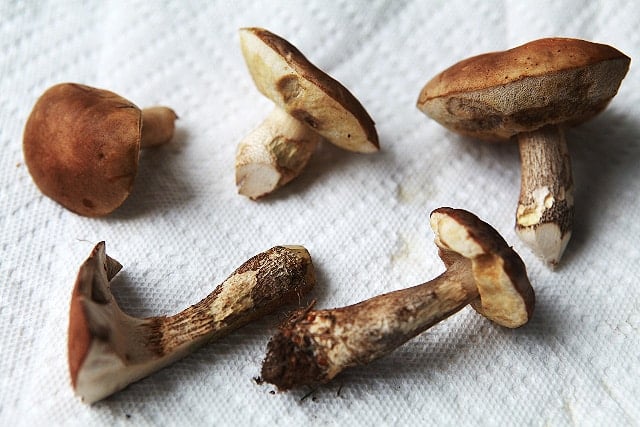
How to Harvest
Start by finding a grove of birch trees in late summer or early fall. The mushrooms will fruit in waves, so if you miss one, another will show up later, so long as it’s before the freeze and you get rain.
This is not normally an issue, because birches tend to live in wet places. But, given that, many a birch bolete will be soggy. With many boletes, this means they are buggy. And your birch bolete may well be, but I’ve found even large ones that really need drying to be bug free — and tiny, fresh ones that are buggy as hell.
The cap tends to break off the stem a lot. Either be OK with this — you are likely drying most if not all your birch boletes, so no biggie — or carry a big basket so they have room.
I slice the mushroom off at the base. This immediately tells you if your birchie is buggy or not, because the teeny worms start in the stalk and work their way up to the cap.
Gather in a basket or mesh or paper bag. Not plastic. The mushrooms will get melty and disgusting. Ask me how I know…
On Bugs: A few worms are OK, because when you dry them, the worms flee the mushroom. Totally riddled shrooms are, well, no good. At least to me.
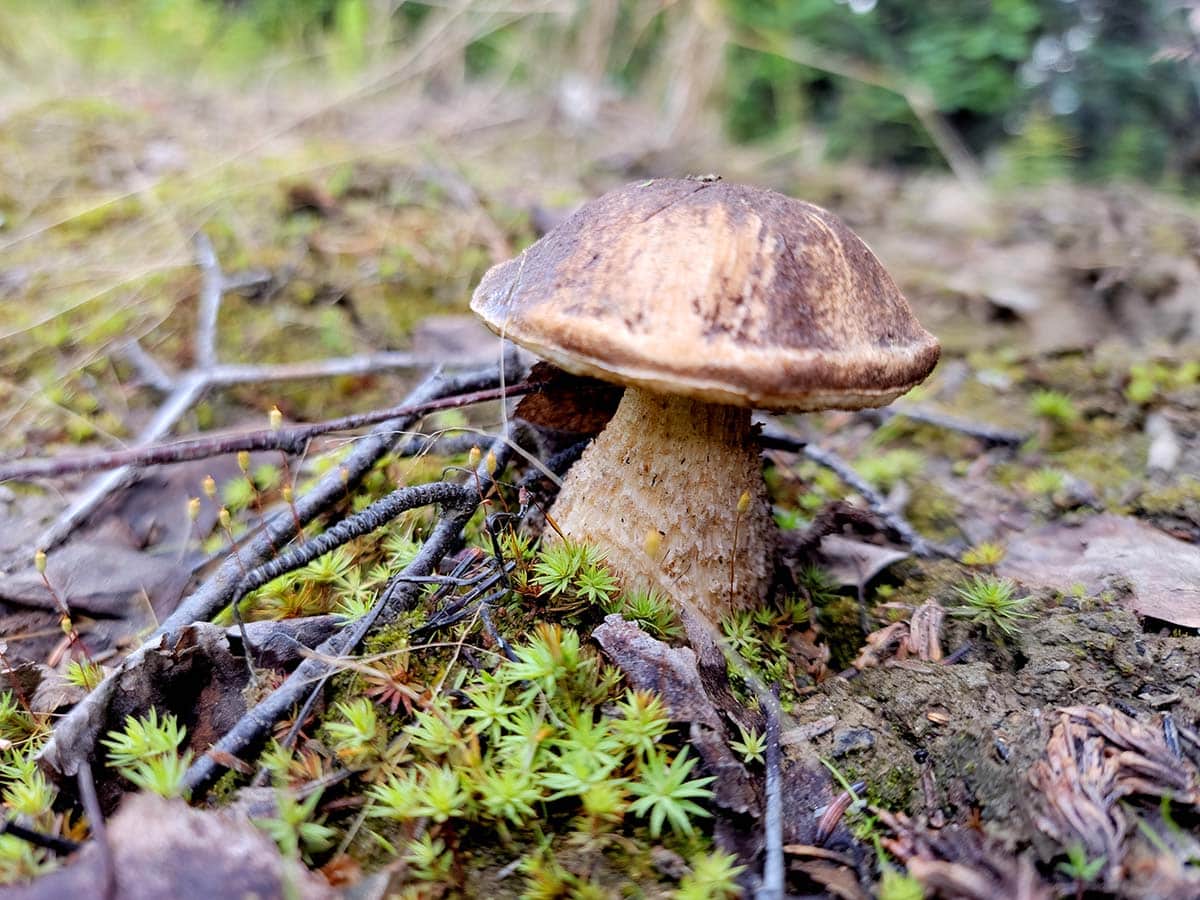
Prepping Birch Boletes
Once home, I like to separate my birch boletes. In one, usually small, pile will be the very young, tight and firm birchies. These and only these can be cooked fresh. They are nice, meaty, and savory — although like all leccinum mushrooms, birch boletes darken almost to black when cooked.
Most of your mushrooms will be dried.
I start by slicing off the stem, then slicing that stem in half lengthwise. You’ll see how buggy it is immediately. If it’s decent — a few bugs are fine (more in a moment) — slice again crosswise. Remember the stem of a birch bolete is fibrous.
Slice the cap in half. In older mushrooms, pull off the spongey pores. Dry them separately. I really, really like to powder the pores to make a birch bolete version of my porcini powder. It has endless uses, mostly to add umami savoriness to pretty much whatever you can think of.
Cut the cap in maybe 1/4 inch slices and dry. Birch boletes, and all leccinums, should be dried relatively cool, like 100F or so. The higher the temperature, the darker they will get. This is only aesthetic, it doesn’t affect edibility. Dry until crispy and store in a Ziploc bag.
Pro tip: Add a silicone dessicant packet, especially if you live in a humid area.

Cooking Birch Boletes
This is why you are likely here, so here we go. Cooking a birch bolete usually means rehydrating them, then using the mushrooms in soups, stews, as a ravioli filling, inside a burrito, pasta sauce, inside pierogi or somesuch.
They are a northern mushroom, so I like to use them in northern cuisines, like Scandinavian, Russian or other Eastern European, or in cold regions of Asia, like Korea or Manchuria or Hokkaido in Japan. If you’re into Nepali food, birch boletes are found in the Himalayas, so give that a go.
Note: This should go without saying, but birch boletes must be thoroughly cooked to be edible.
Here are some great recipes that will all work with rehydrated birch boletes.
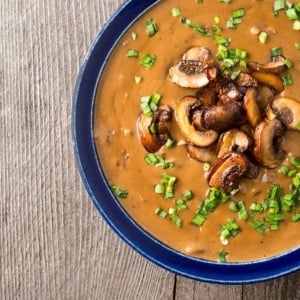
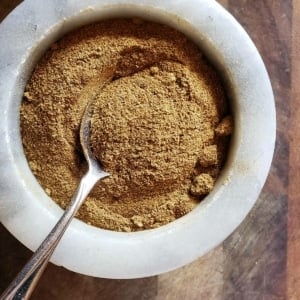

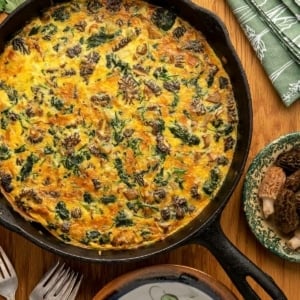
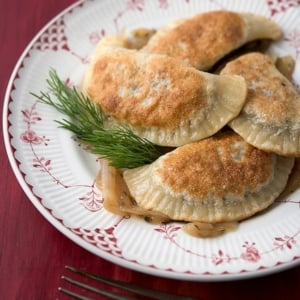
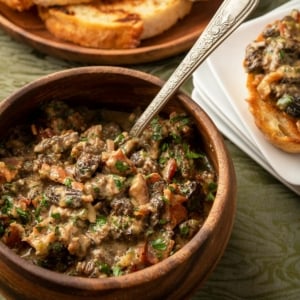
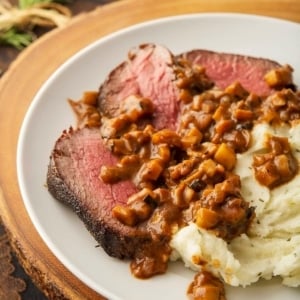
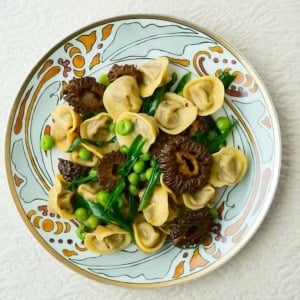
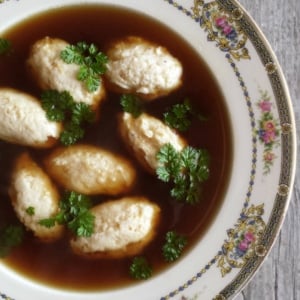

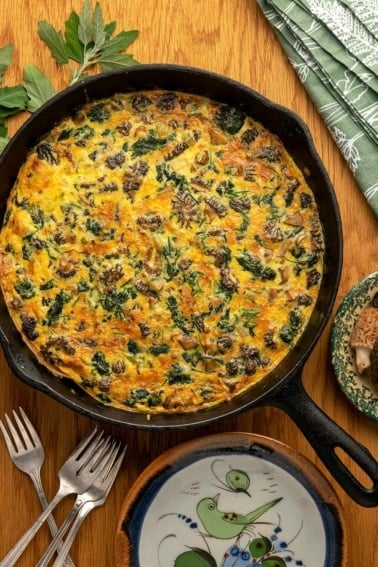
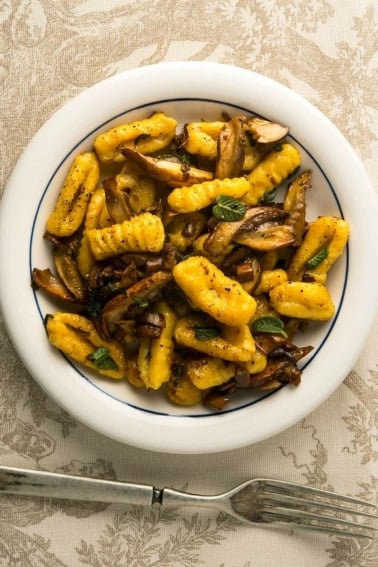
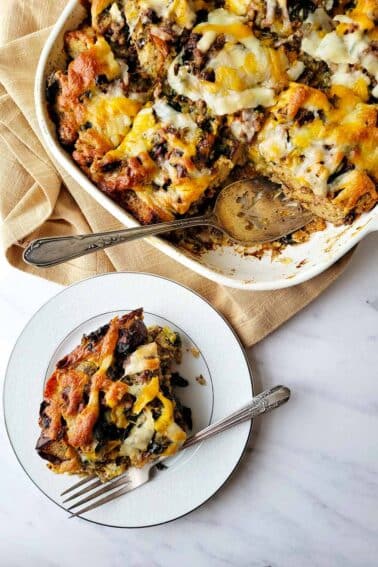

I never thought about drying the pores! I always thought they were best discarded – learnt the hard way when I fried them up the first time I ate them :’)
Here in Finland those are called ‘cow porcini’, or something vaguely translate as such. I just cannot make my mind about boletes — I have found a few majestic worm free ones, but those are rare. As you say when the mushroom dries the worms leave, but here is not warm enough to dry mushrooms outside and I personally do not want the worms to crawl round the house looking for a place to die. So I normally hard pass boletes, and only get chanterelles, yellowfeet, some brittlegills, and death’s trumpets.
Thank you so much for this, Hank. We get a lot of Birch Boletes here in Scotland, and like you I usually dry them but – until now – I’d never thought to keep the caps separate and make powder. Good call!
Hank refers to just the spongey pores which he dries separately and turns into powder. The rest of the cap is dried with the stems. Try it! It’s worth it… I have gathered many a birch boletes in Scotland before. But now I live in Austria where they are rare…. It’s cep heaven here 😉